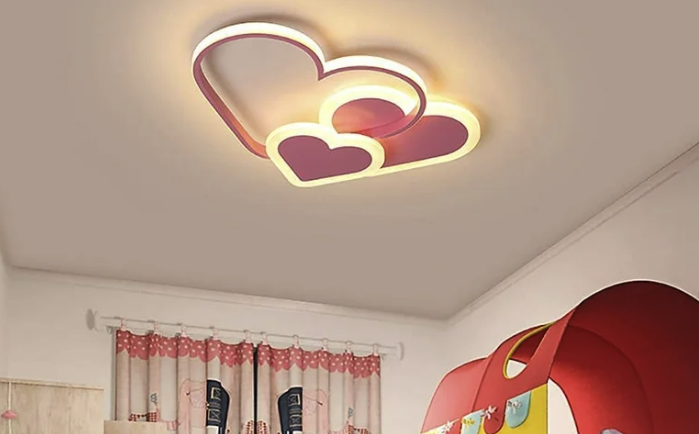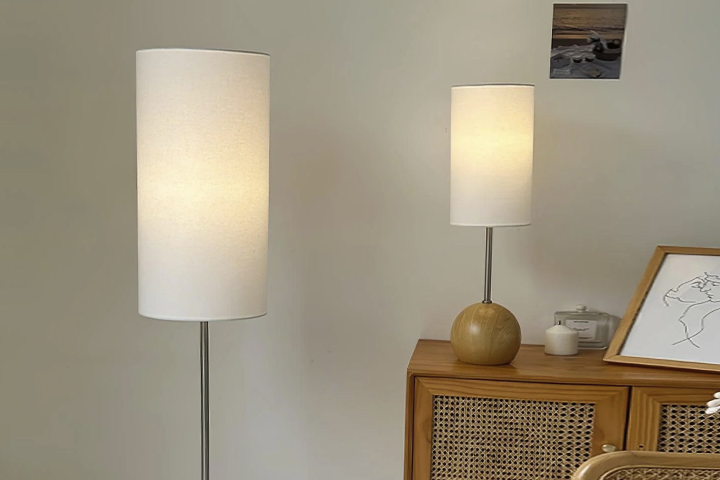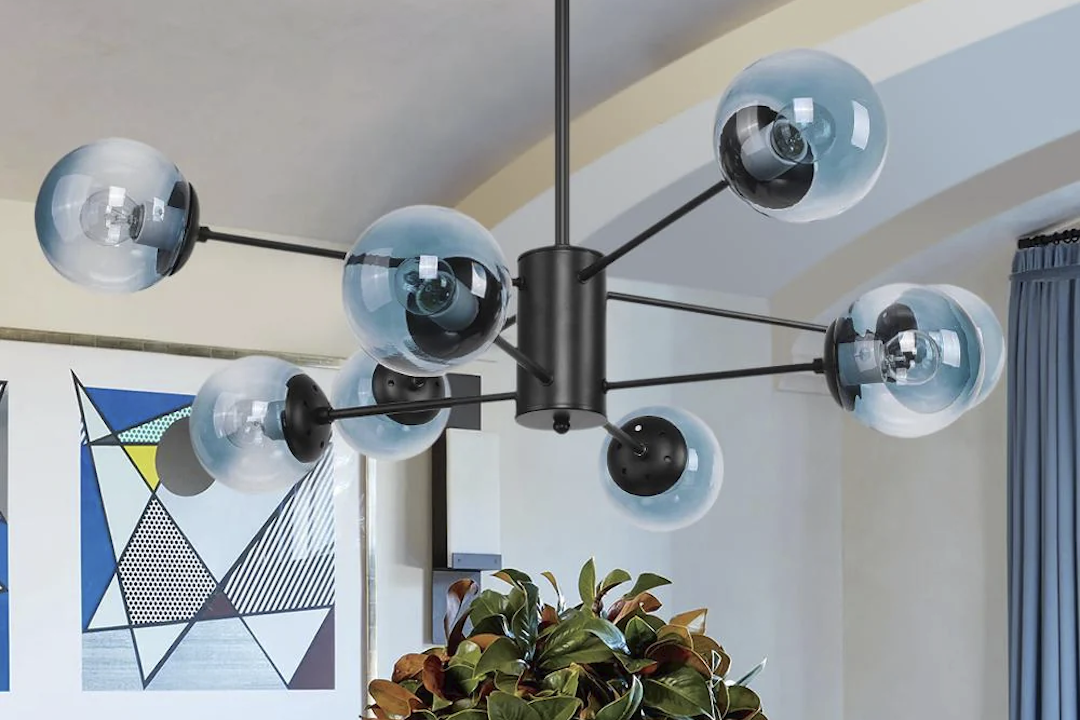Sleep is an essential part of a child’s overall health and well-being. It plays a crucial role in their physical, cognitive, and emotional development. Adequate sleep is necessary for children to grow, learn, and thrive. However, many children do not get the recommended amount of sleep, which can have negative effects on their health and behavior. Therefore, it is important for parents to prioritize their child’s sleep and provide them with a comfortable and suitable bed.
The Importance of a Good Night’s Sleep for Children
Children require different amounts of sleep depending on their age. According to the American Academy of Sleep Medicine, infants aged 4-12 months need 12-16 hours of sleep per day, including naps. Toddlers aged 1-2 years need 11-14 hours of sleep per day, including naps. Preschoolers aged 3-5 years need 10-13 hours of sleep per day, while school-aged children aged 6-12 years need 9-12 hours of sleep per day. Teenagers aged 13-18 years need 8-10 hours of sleep per day.
A good night’s sleep has numerous benefits for children. It improves their cognitive function, allowing them to think clearly, concentrate better, and perform well academically. Sleep also plays a crucial role in regulating emotions and behavior. Children who get enough sleep are less likely to have behavioral problems and are more likely to have better self-control and emotional regulation. Additionally, adequate sleep promotes physical health by boosting the immune system, supporting growth and development, and reducing the risk of obesity and chronic diseases.Yibil
Factors to Consider When Choosing a Children’s Bed
When choosing a bed for your child, there are several factors to consider. First and foremost, you need to choose a bed that is appropriate for your child’s age and size. For infants and toddlers, cribs or toddler beds are the most suitable options. As your child grows, you may need to transition to a larger bed, such as a twin or full-size bed. It is important to choose a bed that provides enough space for your child to sleep comfortably.
Budget is another important factor to consider. Beds come in a wide range of prices, so it is important to set a budget and stick to it. However, it is also important to prioritize quality and durability over price. A cheap bed may not last long and may not provide the necessary support and comfort for your child.
Design is another factor to consider when choosing a children’s bed. You want to choose a bed that fits well with the overall design and style of your child’s bedroom. Consider your child’s interests and personality when choosing a bed design. There are many options available, from themed beds to colorful beds to minimalist beds.
Types of Children’s Beds: From Toddler to Teenager
There are several types of beds available for children, each suited for different age groups. For infants and toddlers, cribs are the most common choice. Cribs provide a safe and secure sleeping environment for babies and can be converted into toddler beds as the child grows.
Toddler beds are designed specifically for young children who have outgrown their cribs but are not yet ready for a regular-sized bed. They are lower to the ground and often come with guardrails to prevent falls.
As children get older, they may transition to a twin or full-size bed. These beds provide more space and can accommodate growing children and teenagers. Bunk beds and loft beds are also popular choices for older children and teenagers, as they maximize space in smaller bedrooms.
Each type of bed has its pros and cons. Cribs provide safety and security for infants, but they may need to be replaced as the child grows. Toddler beds are designed specifically for young children, but they may not be suitable for older children. Twin and full-size beds are more versatile and can accommodate children of different ages, but they may take up more space in the bedroom. Bunk beds and loft beds are great for maximizing space, but they may not be suitable for younger children due to safety concerns.
Safety Features to Look for in a Children’s Bed
Safety should be a top priority when choosing a children’s bed. Look for beds that come with guardrails to prevent falls, especially for younger children. The guardrails should be sturdy and securely attached to the bed frame. Make sure there are no gaps between the guardrails and the mattress where a child’s head or body could get stuck.
The construction of the bed should also be sturdy and durable. Avoid beds that wobble or feel unstable when pressure is applied. Check that all screws and bolts are properly tightened and that there are no sharp edges or protruding parts that could cause injury.
It is also important to choose a bed made from non-toxic materials. Children spend a significant amount of time in their beds, so it is important to ensure that they are not exposed to harmful chemicals or allergens. Look for beds that are made from certified non-toxic materials and have been tested for safety.
Materials and Durability: Choosing a Bed that Lasts
When choosing a children’s bed, it is important to consider the materials used and the durability of the bed. Beds made from durable materials will last longer and provide better support and comfort for your child.
Wood is a popular choice for children’s beds as it is sturdy, durable, and aesthetically pleasing. Solid wood beds are more durable than those made from composite wood or particleboard. However, solid wood beds can be more expensive.
Metal beds are another option to consider. They are lightweight, easy to clean, and often less expensive than wood beds. However, they may not be as durable as wood beds and may not provide the same level of support and comfort.
Plastic beds are a more affordable option, but they may not be as durable or long-lasting as wood or metal beds. They are lightweight and easy to clean, making them a good choice for younger children.
Design and Style: Finding a Bed that Fits Your Child’s Personality
The design and style of a bed can have a significant impact on your child’s enjoyment of their bedroom. It is important to choose a bed that fits your child’s personality and interests.
Themed beds are a popular choice for children. They come in a variety of designs, from princess castles to race cars to pirate ships. Themed beds can make bedtime more fun and exciting for children and can help create a space that reflects their interests.
Colorful beds are another option to consider. Bright and vibrant colors can add a playful and energetic touch to your child’s bedroom. You can choose a bed in your child’s favorite color or opt for a bed with multiple colors for a more whimsical look.
If you prefer a more minimalist look, there are plenty of simple and sleek bed designs available. These beds often have clean lines and neutral colors, making them versatile and easy to incorporate into any bedroom design.
Mattresses and Bedding: Creating a Cozy Sleeping Environment
Choosing the right mattress and bedding is just as important as choosing the right bed. A comfortable mattress and cozy bedding can make all the difference in ensuring a good night’s sleep for your child.
There are several types of mattresses available, each with its own pros and cons. Foam mattresses are lightweight, affordable, and provide good support. Innerspring mattresses are more traditional and offer excellent support and durability. Hybrid mattresses combine the benefits of foam and innerspring mattresses, providing both comfort and support.
When choosing bedding, consider your child’s age and preferences. For younger children, choose bedding that is soft, hypoallergenic, and easy to clean. Older children may have specific preferences for colors or patterns, so involve them in the decision-making process.
Storage Solutions: Maximizing Space in Your Child’s Bedroom
Maximizing space in your child’s bedroom is essential, especially if the room is small. There are several storage solutions available that can help keep the room organized and clutter-free.
Under-bed storage is a great option for maximizing space. Many beds come with built-in drawers or storage compartments underneath the mattress. These can be used to store clothes, toys, or other items, keeping them out of sight and freeing up valuable floor space.
Built-in shelves are another option to consider. These can be installed on the walls or incorporated into the bed frame itself. They provide a convenient place to store books, toys, or decorative items.
Storage beds are a popular choice for children’s bedrooms. These beds come with built-in storage compartments or drawers that can be used to store clothes, bedding, or other items. They are a great way to maximize space and keep the room organized.
Budgeting for a Children’s Bed: Finding the Best Value
When it comes to choosing a children’s bed, it is important to set a budget and stick to it. However, it is also important to prioritize quality and durability over price. A cheap bed may not provide the necessary support and comfort for your child and may need to be replaced sooner than expected.
To find the best value for your money, compare prices from different retailers and read reviews from other customers. Look for beds that offer a good balance between price and quality. Consider the long-term durability of the bed and whether it will be able to withstand years of use.
Tips for Maintaining and Cleaning Your Child’s Bed for Longevity
To ensure the longevity of your child’s bed, it is important to properly maintain and clean it. Regular cleaning is essential to keep the bed free from dust, allergens, and stains.
Clean the bed frame and headboard regularly using a damp cloth or mild cleaning solution. Avoid using harsh chemicals or abrasive cleaners, as they can damage the finish of the bed. Vacuum the mattress regularly to remove dust and allergens.
Check the bed regularly for any signs of wear and tear. Tighten any loose screws or bolts and replace any damaged or broken parts. Rotate the mattress every few months to ensure even wear.
Choosing the right bed for your child is essential for their health and well-being. A good night’s sleep is crucial for their physical, cognitive, and emotional development. When choosing a children’s bed, consider factors such as age, size, budget, design, safety features, materials, and durability. Also, pay attention to the mattress and bedding to create a cozy sleeping environment. Maximize space in your child’s bedroom with storage solutions and find the best value for your money by comparing prices and considering long-term durability. By prioritizing your child’s sleep and providing them with a comfortable and suitable bed, you are setting them up for a lifetime of healthy sleep habits.




